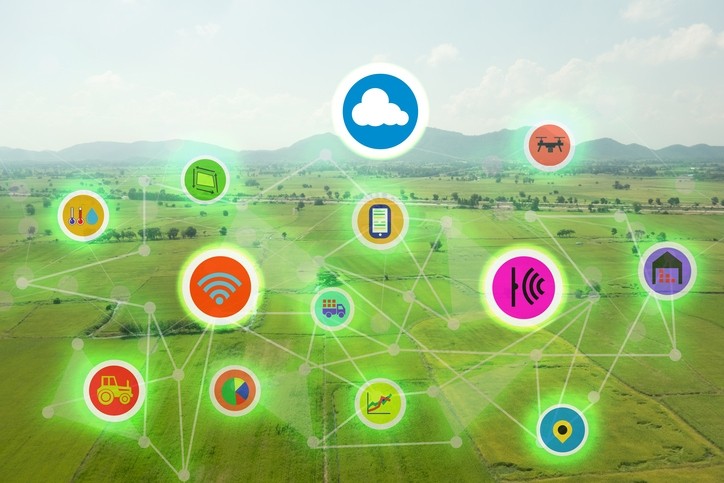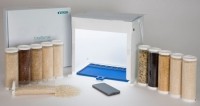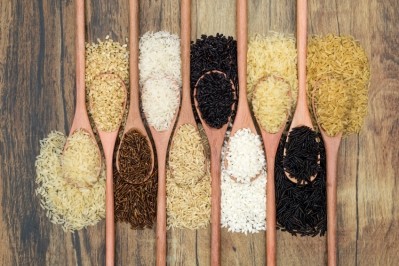Big tech, small farm: IoT rice analyser is a 'game-changer' for small processors, says Bühler

The tool, TotalSense, can help rice processors to cut costs, improve yield and speed up the quality control process, said the Swiss agri-food processor.
It works by taking a photograph of rice to identify visual defects and then uploading this image to a cloud-based system. The photograph is then analysed for quality parameters such as broken grains, irregular dimensions such as length and width and colour defects.
“The actual analysis and classification of the grains is then done by an algorithm in the Bühler cloud, which extracts the information from the photograph and converts it into a quality report," product design engineer Sara Larsen told us.
The internet of things is described as the networking capability that allows information to be exchanged on objects and devices (such as fixtures and kitchen appliances) using the Internet.
Manufacturers can use TotalSense on a subscription basis for a monthly fee of 180 CHF (€155), which allows for an unlimited number of analyses per customer.
This relatively low price and monthly subscription set-up means small rice processors can ensure their batches meet the same quality standards as bigger
players that have their own quality control labs:
“The aim is to give rice producers across the world the opportunity to improve their quality and their processes. In fact, this is a game changer for smaller rice processors,” said Larsen.
It’s still early days for the launch and Bühler hasn’t yet quantified the savings that processors could make but in terms of speeding up quality analysis and optimising output, the potential savings are “huge”.
“In the traditional process, samples are taken from several points in the production line, then transferred to the quality lab where the analysis happens,” said Larsen. “This processes can take up to several hours and if an error is discovered this means that tonnes of flawed product will have passed through the mill.”
TotalSense cuts the sampling-to-results time to around five minutes, meaning customers can react much more quickly, preventing entire batches from being contaminated, the firm said.
Connected tools, connected companies
The tool was developed by Bühler’s internal R&D scientists but Bashford said the company is keenly aware of the benefits of partnering up with external players, big and small alike, especially for tech-based products.
The Switzerland-headquartered firm was one of the founding partners of start-up accelerator, MassChallenge, while it also worked with Bosch in developing an ‘Internet of Things’ sensor using Microelectromechanical (MEMs) technology to measure three axes of vibration and temperature across a roll. “This allows us to optimise the production process,” said global head of digital Stuart Bashford.
Bashford said the company is looking into investing in blockchain technologies for some applications but TotalSense relies on industry-standard security measures to ensure data is secure.
Last year Bühler launched AnywarePro, a remote monitoring system for rice that analyses, filters, and transmits critical data on machine performance, tolerance levels, and sorting criteria in real time.
By combining food safety databases and early warning systems under one cloud-based system, Bühler said it can help companies reduce the reputational risk from food fraud and recalls.
AnywarePro is currently available for the Sortex S optical rice sorting machine and will be extended to other machines next year.


















